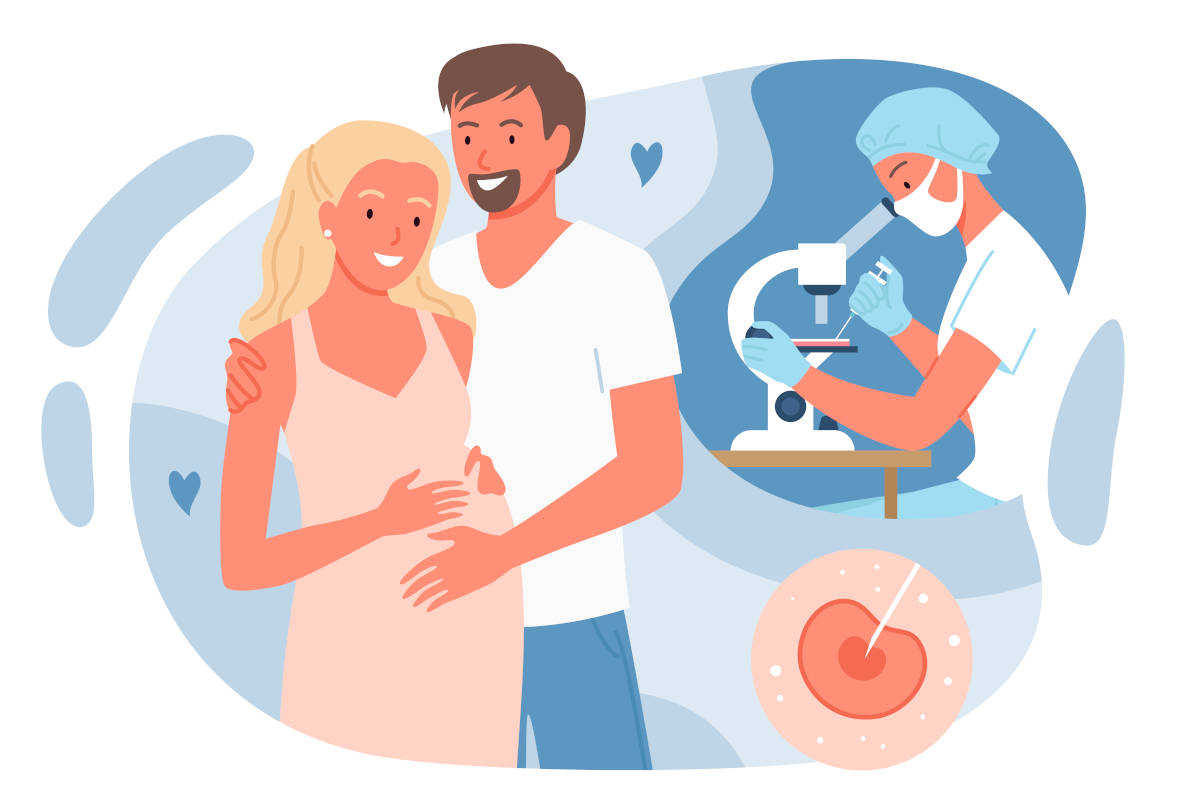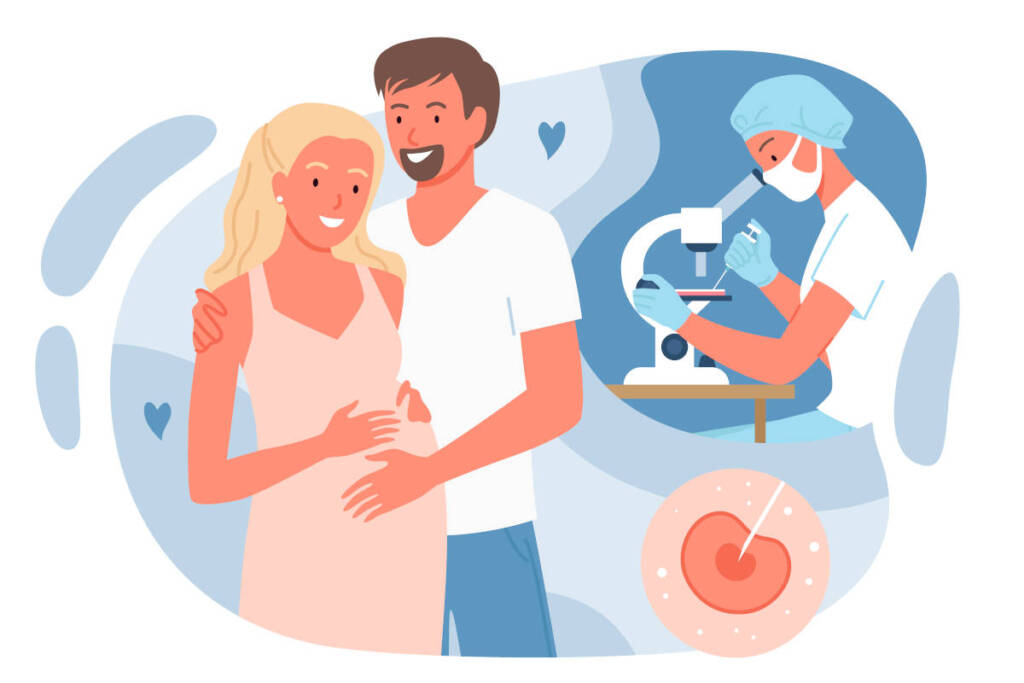Health
In vitro fertilization: what it is and how it works

In vitro fertilization is one of many ways to try to get pregnant. Let's find out how it works and what you need to know about it.
When we talk about in vitro fertilization, also known as IVF or IVF, we mean the technique that is based on the collection of oocytes, their fertilization in the laboratory and their transfer into the uterus.
It is a procedure devised by Robert Edwards who in 1978 thus contributed to the birth of Louise Brown, the first human being conceived in a test tube.
Since then the technique has been carried out all over the world, leading to more and more births and becoming one of the most used methods when a couple has real difficulties in procreating.
How in vitro fertilization takes place
We begin by illustrating the exact procedure that takes place when a couple decides to use IVF. As already mentioned, it is a step that is taken when it has not been possible to achieve a pregnancy by natural means. Most commonly, it is used in case of blockages or problems with the fallopian tubes , in case of lack of them, in case of female sterility, implantation difficulties and, in some cases, in the presence of endometriosis . In the latter case, obviously, it is important to consider ovarian stimulation and always seek the opinion of a doctor expert in the disease.

If it is done due to lack of ovaries, specific hormonal therapy must be followed and maintained throughout the pregnancy.
Going to the actual steps, these are:
- Ovarian hyperstimulation
- Egg retrieval
- Sperm preparation
- Incubation
- Transfer of embryos to the uterus
- Pregnancy monitoring
More specifically, it begins with the control of the hormonal situation of the woman who will have to follow an ovarian hyperstimulation in order to obtain multiple ovulation. The choice depends on the fact that the more embryos transferred, the greater the chances of implantation . Meanwhile, the partner's (or donor's) sperm is checked and processed in the laboratory in order to give him the best chance of success.
Once this first phase has been completed, the oocytes are collected under ultrasound guidance thanks to which they undergo an incubation process that goes from 24 to 48 hours immediately afterwards. This takes place at a temperature of 37 degrees and together with previously selected sperm.
At this point, it is verified whether fertilization has taken place. If so, some embryos (the number of which usually varies from 1 to 4, depending on the age of the woman) are transferred to the uterus.
We then move on to observation and a pregnancy test to understand if this has been successful.
This is the most delicate phase as the chances of success depend on many factors including the age of the woman , her state of health, etc…
Furthermore, it must always be considered that due to ovarian stimulation, it is a delicate procedure and that for this reason it is important to consider carefully with your doctor, evaluating the possible risks and the possibilities of success and pondering carefully what to do. It is, therefore, a very delicate aspect that can be stressful, especially when IVF has to be repeated several times.
Embryo freezing: how it works and what the Italian law says
In Italy, the law related to IVF is much more stringent than in other countries. In general, stimulation is performed to obtain from 1 to 3 embryos which are then all implanted in the woman's uterus. The freezing and conservation of embryos (envisaged in other states also to safeguard women's health) is in fact not foreseen.
Indeed, it is a process considered illegal. Obviously, the ethical aspects linked to this choice are many and varied. Certainly, it is one of the possible ways to get pregnant, albeit in a less natural and often psychologically trying way.
Riproduzione riservata © - WT











